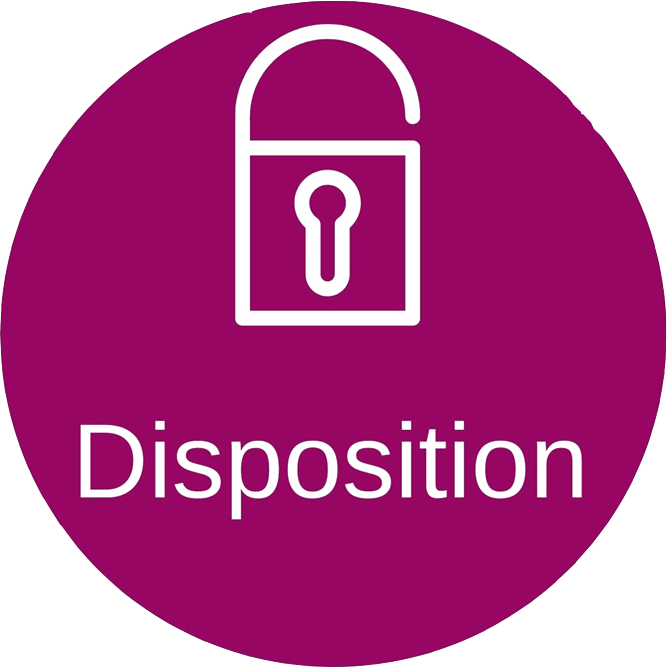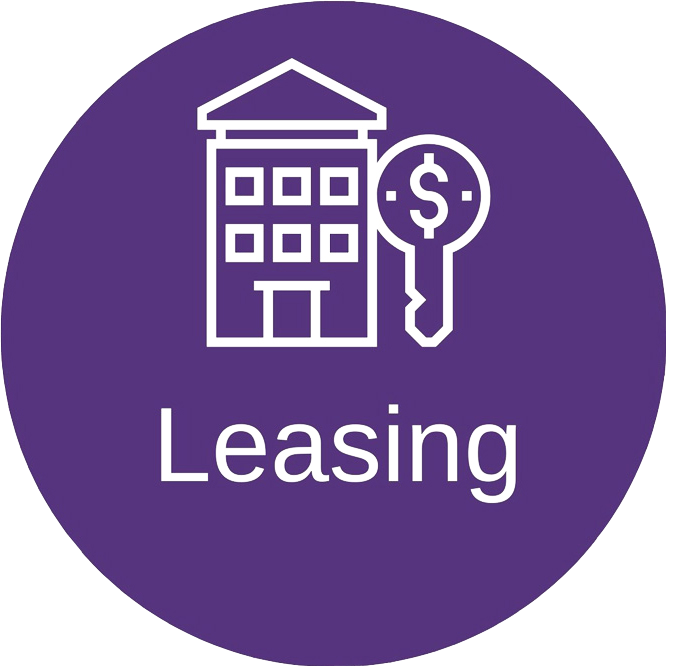
US apartment market rebounds on key metric in Q1 but remains weak historically
US apartment market rebounds on key metric in Q1 but remains weak historically
The U.S. apartment market saw demand rebound back into positive territory in the first quarter of 2023 but the first three months of the year were weaker by historic standards.
Still, it’s the latest sign the apartment market is returning to pre-pandemic levels, said Carl Whitaker, director of research and analysis at RealPage Inc., a Richardson, Texas-based data analytics firm that tracks the apartment market. RealPage found the U.S. added 19,243 net new renters in Q1, an improvement from the -114,000 net absorption observed in 2022.
But Q1 2023 was the softest quarter since 2013 and demand falls short of the 95,237 units set to deliver soon, according to RealPage.
Whitaker said, in a typical pre-pandemic year, Q1 sees about 40,000 units absorbed, making demand from the start of this year about half of what’s considered normal.
He said, when looking on a market basis, the best absorption is being seen in markets like Austin, Texas; Nashville, Tennessee; Phoenix and Charlotte, North Carolina, the same markets expected to grow their apartment inventory by 8% to 10% this year.
“… (T)he strong absorption is actually following where the construction is happening,” he said, but added the second half of 2023 is expected to see so many unit deliveries, it’ll likely mean softness in the Class A apartment market, especially in cities with a robust pipeline. That’ll likely mean more aggressive concessions are on the horizon for Class A properties in those markets, Whitaker added.
Some 15% of apartments are offering concessions today, Whitaker said, compared to 50% or more in the wake of the global financial crisis.
The national apartment occupancy rate peaked at 97.6% in February 2022 and had declined to 94.7% in March 2023, according to RealPage, which is about the pre-pandemic decade average occupancy rate. Asking rents for new lease signers in March increased 0.3% at apartment properties from the month prior.
While most metrics signal the U.S. apartment market is moderating back to pre-pandemic normalcy, the number of units underway now is an anomaly and is predicted to result in softness in some markets later this year. Apartment construction at the end of March totaled more than 1 million units nationally, the most in five decades, according to RealPage. About half of that is expected to deliver in 2023.
There’s also more compression between the top- and bottom-performing apartments markets in the U.S., Whitaker said, as markets begin to normalize. In 2021, markets like San Francisco were growing at 3% to 5% while Miami was growing at 20% to 25%, a gap that’s started to squeeze.
“I think you’re going to continue to see that as we enter a more normal environment,” he continued. “Outliers won’t be as pronounced as they were.”
Midwestern metro areas, typically considered slow-but-steady-growth markets, are also moving up the ranks in rent growth and occupancy as Sun Belt and gateway markets slow in those metrics, either because of so much new supply or weaker demand for units. The Newark, New Jersey, market is also growing at a substantial clip, with it being the third fastest-growing rental-rate market in the U.S. on a year-over-year basis, RealPage found.
The broader Newark market, including Jersey City, is pulling in demand that may have gone to Manhattan in previous cycles. But because of hybrid and remote work trends since the pandemic, that likely has more renters looking at options outside of New York, Whitaker said.
“In a more flexible working environment, if you go into Manhattan two or three times a week, you can justify living across the river for $1,200 less in a new apartment,” he continued.



